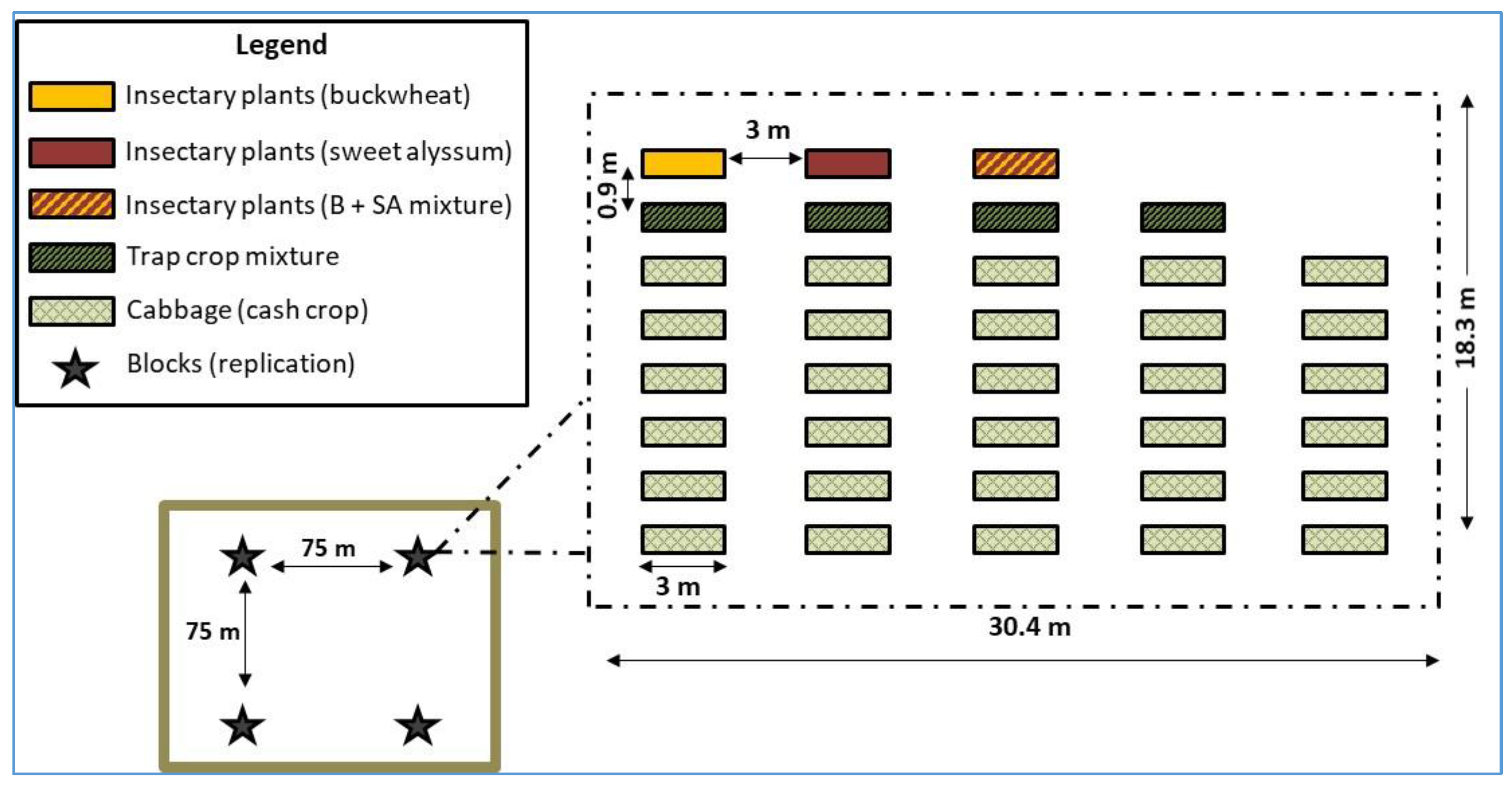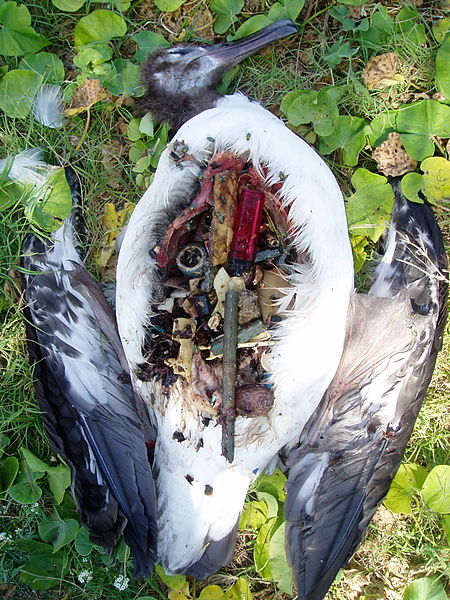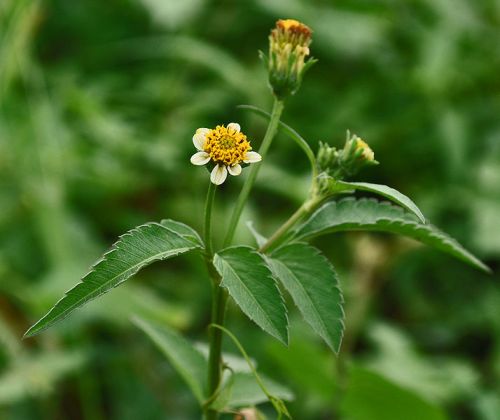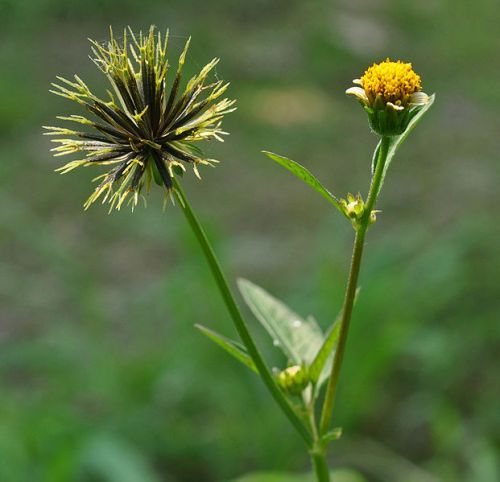by Piter Kehoma Boll
Finding efficient ways to deal with agricultural pests in crops is a challenging work. Currently, as we all known, the main strategy to control such pests is the use of chemical pesticides. However, this approach only serves the interests of those seeking profit over well-being, as we all know that such pesticides increase the risk of several health issues in those consuming the crops. More than that, chemical pesticides not only kill the targeted pest but many other life forms, causing a devastating effect on ecosystems.

Fortunately, there has been an increasing interest in finding alternative, healthier ways to deal with the problem. One way is the production of genetically modified organisms (GMOs) that are naturally resistant to pests. There are, however, two main problems with this approach. The first one is that the population in general has an irrational fear of GMOs, apparently believing that they can be more harmful than the poisonous chemical pesticides, which is completely absurd. The second problem with GMOs is that the technology to create them is dominated by the same companies that produce most pesticides and, as all big companies, only seek profit and do not give a damn about the people and the environment.
A third strategy is the use of natural enemies of the pests to control them in organic farms. Although many natural enemies are great doing their job, they may also cause negative impacts by interfering with the surrounding ecosystems. Many crop pests are not native from the area where they are pests, i.e., they are invasive species and, in order to control them efficiently, a predator from its native area must be introduced as well, and this predator may end up becoming a threat to other species that it elects as food.

Fortunately, some nice strategies have been recently developed. One of them includes the use of additional plants in the fields that change the way that pests behave without posing a threat to surrounding areas. These additional plants consists of two types: trap crops and insectary plants.

A trap crop, as the name suggests, is an additional crop that is not intended to be commercially exploited, but serves as a trap for the pests. Instead of attacking the main crop (called the ‘cash crop’), the pests are attracted to the trap crop, reducing their density in the cash crop. This system is more efficient if the trap crop is similar to the cash crop, such as another plant of the same genus, or another variety of the same species, because it must be as attractive to the pest as the cash crop, or perhaps even more attractive.
Insectary plants, on the other hand, are intended to attract other insects to the plantation, especially predatory insects that prey on the agricultural pest. Insectary plants should produce flowers in abundance, thus attracting many insect species, which will increase the interest of predators in the area. However, when used alone, insectary plants will only provide predators to control the pest in crop plants that are near the insectary plants and, as they are usually planted in an area surrounding the plantation, they would not protect the plants that are near the center of the plantation.
In a recent study, Shrestha et al. (see references) decided to combine trap crops and insectary plants together with the cash crops in a strategy that they called a ‘botanical triad’. The cash crap was organic cabbage (Brassica oleracea var. capitata) planted in the eastern United States; the trap crops were three other crops of the genus Brassica: mighty mustard (Brassica juncea), kale (Brassica oleracea var. acephala) and collard (Brassica oleracea var. italica); and the insectary plants were buckwheat (Fagopyrum esculentum) and sweet alyssum (Lobularia maritima).

As a result, the number of herbivores (i.e., crop pests) was larger in the trap crops than in the cash crop. The trap crops were, therefore, more attractive than the cash crops for the pests. The presence of insectary plants increased the number of predatory and parasitoid insects, such as lady beetles and parasitoid wasps, in the trap crops when compared to treatments without insectary plants. The number of parasitized pests also increased in the presence of insectary plants.

In general, the “team work” of trap crops and insectary plants greatly reduced the influence of agricultural pests on the cash crops. The trap crops attracted the pests to an area close to the insectary plants, allowing the predators to reach them.
Efficient ways to raise crops organically are possible. We just have to focus on a healthy ecosystem and not on money. If we work together, we can defeat the “Big 6” corporations that dominate the food production in the world. They are the real pests.
– – –
– – –
Reference:
Shrestha B, Finke DL, Piñero JC (2019) The ‘Botanical Triad’: The Presence of Insectary Plants Enhances Natural Enemy Abundance on Trap Crop Plants in an Organic Cabbage Agro-Ecosystem. Insects 10(6): 181. doi: 10.3390/insects10060181
– – –
* This work is licensed under a Creative Commons Attribution-NonCommercial 4.0 International License.
This work is licensed under a Creative Commons Attribution-NonCommercial 4.0 International License.
** This work is licensed under a Creative Commons Attribution 4.0 International License.
This work is licensed under a Creative Commons Attribution 4.0 International License.
















